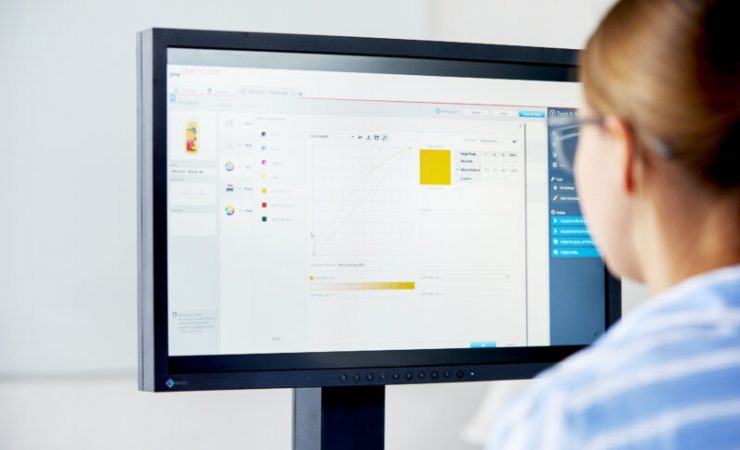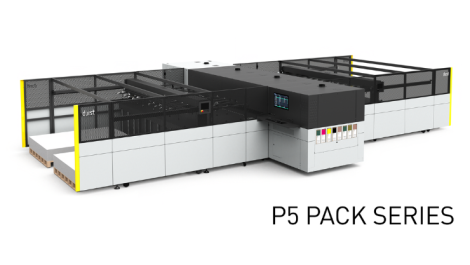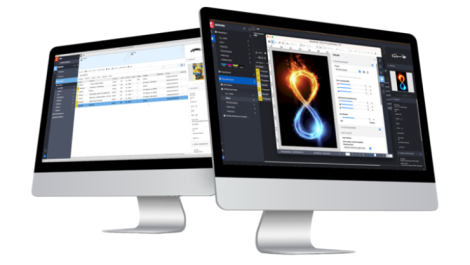GMG has unveiled the latest version of its ColorServer solution as well as updating its OpenColor software.
The German colour management specialist has divided ColorServer into three different distinct options, ColorServer Conventional, ColorServer Digital and ColorServer Multicolor. Each of the three focuses on a different part of the graphic arts industry.
ColorServer Conventional primarily ensures the efficient handling of third-party data, both in commercial printing and in CMYK packaging printing. Different input data is converted to any desired industry standard using GMG’s MX technology via a hot folder. As an integrated technology, GMG OpenColor also enables conversion to accommodate paper types that are not covered by common industry or in-house standards.
GMG ColorServer Digital is specifically aimed at customers with digital four-colour presses. Wide-format users and customers who work in the low-volume packaging sector, in commercial digital or in personalised printing are addressed here. With the integrated GMG SmartProfiler, digital printing machines can now be fingerprinted easily.
Finally, GMG ColorServer Multicolor primarily addresses users in the packaging industry. ‘To achieve consistent results across all processes – digital and conventional – there is no way around GMG ColorServer Multicolor,’ said Peter Schoeffler, product manager at GMG. ‘Jobs can now print on any press available, delivering welcome flexibility in the pressroom. And Multicolor creates opportunities, achieving increased vibrancy in images or accurately matching brand colors.’
Meanwhile the company has also introduced OpenColor 2.4 ‘GMG OpenColor creates both proof and separation profiles for digital printing,’ explained Mr Schoeffler. ‘Our solution ensures maximum flexibility and enables a seamless exchange between conventional printing machines and digital presses. Key here is the precise spot colour reproduction for digital printing – for example Pantone colours. Our profiling technology was clearly superior in various studies and comparative tests, most recently at Ryerson University and Fogra.’






